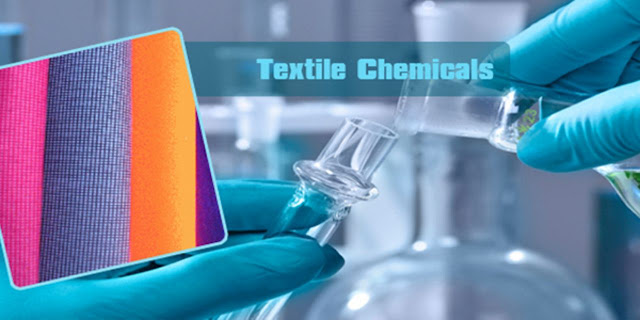Unraveling the Threads of Innovation
In the intricate world
of textile production, where every thread counts, the role of chemicals is
paramount. From enhancing the durability of fabrics to imparting vibrant colors
and innovative functionalities, textile chemicals play a crucial role in
shaping the modern textile industry. Let's delve into the science behind these
chemicals, exploring their innovations and applications that have
revolutionized the way we perceive and utilize textiles.
Understanding
Textile Chemicals
At its core, textile
chemistry encompasses a diverse array of chemicals and processes designed to
modify and enhance the properties of textiles. These chemicals include dyes,
pigments, finishes, softeners, and countless others, each tailored to meet
specific performance requirements and aesthetic preferences.
Innovations
Driving Sustainability
In recent years,
sustainability has emerged as a central focus in textile production, prompting
innovations in textile chemicals aimed at reducing environmental impact.
Biodegradable dyes, eco-friendly finishes, and water-saving processes are just
a few examples of sustainable solutions gaining traction in the industry. These
innovations not only minimize harm to the environment but also address growing
consumer demands for ethically produced textiles.
Performance
Enhancement through Chemistry
Beyond sustainability,
textile chemicals are instrumental in enhancing the performance of fabrics.
Antimicrobial finishes, for instance, inhibit the growth of odor-causing
bacteria, prolonging the freshness of garments. Similarly, moisture-wicking
treatments improve breathability, making textiles more comfortable to wear,
especially in active settings. These performance-enhancing chemicals cater to
diverse consumer needs, spanning from sportswear to medical textiles.
Pushing
the Boundaries of Creativity
Textile chemicals also
fuel creativity, enabling designers to explore new realms of color, texture,
and functionality. Advances in dyeing techniques, such as digital printing and
pigment nanotechnology, offer unparalleled versatility, allowing for intricate
designs and vibrant hues. Moreover, specialty finishes like flame retardants
and stain repellents expand the practicality of textiles, opening doors to
innovative applications across industries.
Challenges
and Opportunities
Despite their
transformative potential, textile chemicals pose challenges, particularly
regarding their environmental and health impacts. Efforts to address these
concerns have spurred research into safer alternatives and cleaner production
methods. Additionally, regulatory frameworks and industry initiatives strive to
promote responsible chemical management throughout the supply chain, fostering
a more sustainable future for textiles.
The science of textile
chemicals epitomizes the marriage of innovation and application in the pursuit
of sustainable, high-performance textiles. From enhancing durability and
functionality to unleashing creative possibilities, these chemicals underpin
every aspect of modern textile production. As the industry continues to evolve,
so too will the science behind textile chemicals, paving the way for a more
resilient and responsible textile ecosystem.
Check
more trending articles related to this topic: Textile
Chemical




0 Comments